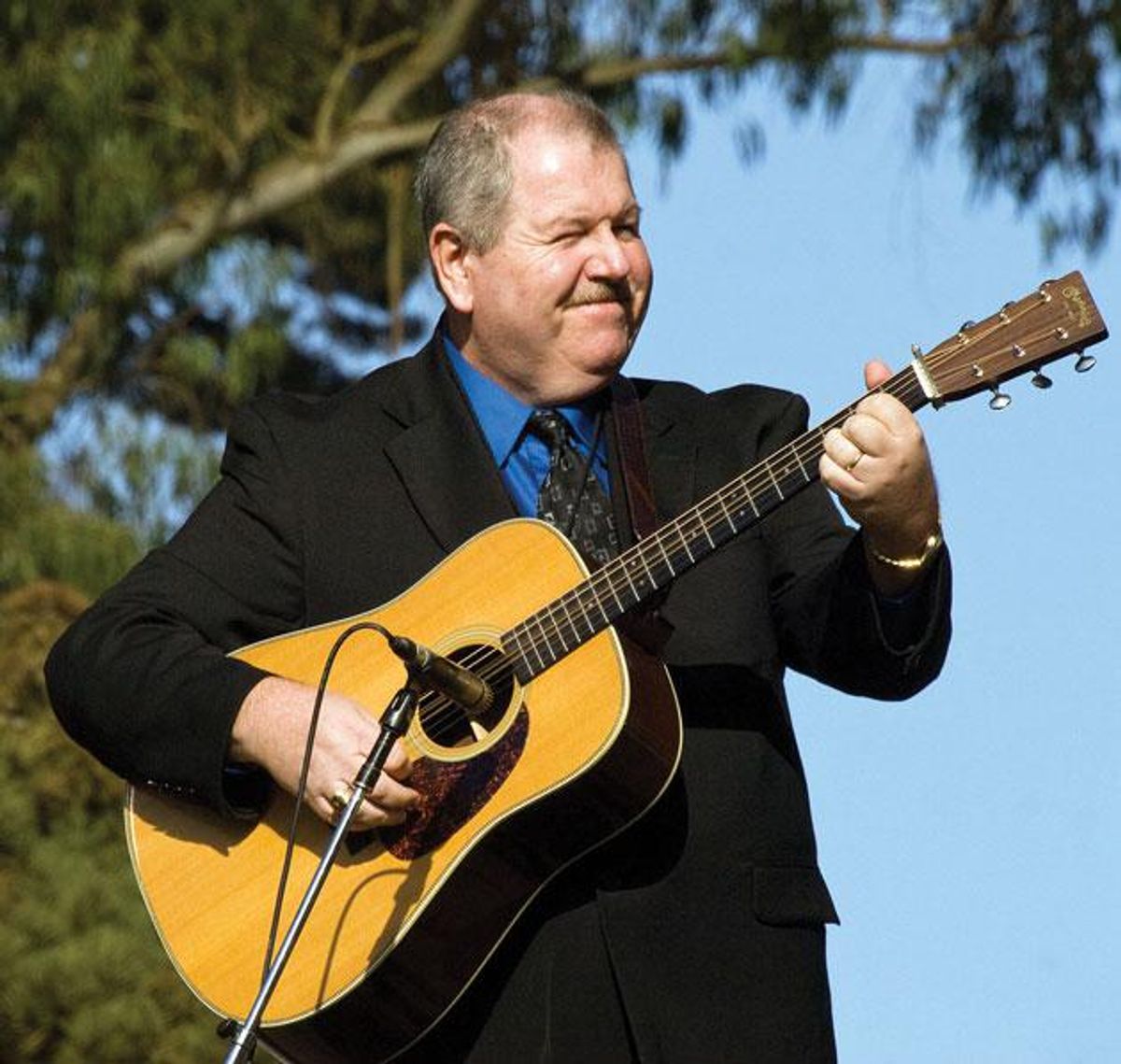
A guitar hero of mine, the late, great James Alan Shelton, achieved an exceptionally warm, clean tone with his forward right-hand position.
If you’re not getting the tone you want out of your acoustic, a simple and quick tweak might get you a little closer.
Let's face it. One of the most challenging things about playing acoustic guitar is dealing with the desire to get the tone that's in your head to actually come out of your instrument. We all have guitar heroes and we all no doubt want our playing to sound at least a little like theirs. While most of us likely fall quite a bit short technically compared to our heroes, coming closer to a particular tone that grips us is a much easier feat. So this month, I'll discuss some simple things players can adjust or modify to alter the sound coming out of an acoustic instrument.
Hand Placement
Almost nothing changes the way our guitars sound more than where we place our right hand. Be it fingerstyle or with a flatpick, we can make quite a difference by moving our hand forward towards the soundhole or back towards the bridge. Forward placement results in a warmer tone, while moving back towards the bridge will increase treble response. Changing where we place our hand to achieve the sound we're after, however, can be easier said than done. Most of us who first grabbed a guitar long ago found hand positions we liked and have been doing it the same way since. Overcoming muscle memory can be a challenge, but it can be done! Tip: Unless you're doing so for effect, remember to not lay your hand on the bridge too much or rest your arm too flat on the top, as these placements will dampen the tone quite a bit.
Buzz tolerance is another important component affected by hand placement. When we move our hand up over the hole, we warm our tone, but we also lower the tolerance for buzzing. Think of a rubber band being snapped in the middle versus at one end. When it's snapped from the middle, the movement is much greater than at the end.
This will probably sound extremely elementary, but don't forget that your fretting hand must fret the notes accurately to achieve good tone. If we try to play faster than we're capable of, we almost always sacrifice tone in the process (on top of the obvious missed notes).
Hardware Matters
If you're not getting the tone in your head out of your guitar, don't be afraid to try something new on your instrument. Things like picks, strings, and saddle and nut materials can make a big difference in your tone. And it's easy enough to swap these things out without breaking the bank.
Here at Huss and Dalton, we have a variety of flatpicks on the setup bench that we've accumulated over the years. When I'm doing setup work, I'll usually try several on each guitar with wildly different results. I'm continually amazed at the difference that picks make. So get out to your local guitar shop, grab a handful of varied picks, and run a fun science test when you get home to play.
Strings are the same deal. Your guitar might like something other than the strings we would put on at the factory. There are so many choices out there when you consider all the different brands, materials, gauges, etc., and since you need to change your strings regularly anyway, why not?
As for nut and saddle materials, keep in mind that harder is not always better. It seems we tend to want to move up on the hardness scale anytime we plan on changing these things out. If we have Micarta as the stock material, we want bone. If we have bone, we want fossilized ivory. If you're seeking warmth, you probably don't want to go harder on the nut/saddle materials. This type of upgrade will help if you lack punch or note separation, but will also tend to add treble response in a way that may or may not be pleasing to your ear.
Personally, when I hear good tone on a guitar, I also tend to like the guitar playing I'm hearing. Whether it's the simple beauty of a player like my late friend James Alan Shelton or the complexity of Tony Rice or James Taylor, my soul is always stirred by the pure nuance of the tones that emanate from their guitars, and then find a place in my head.

